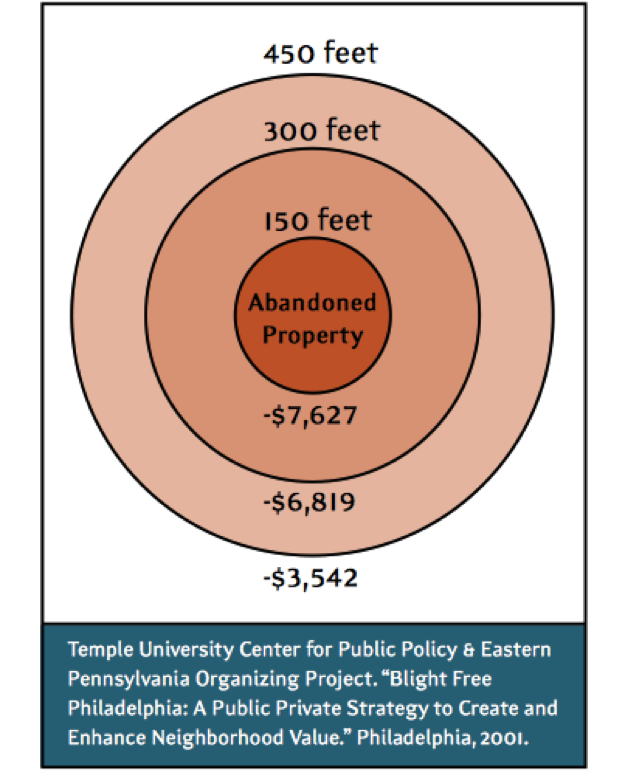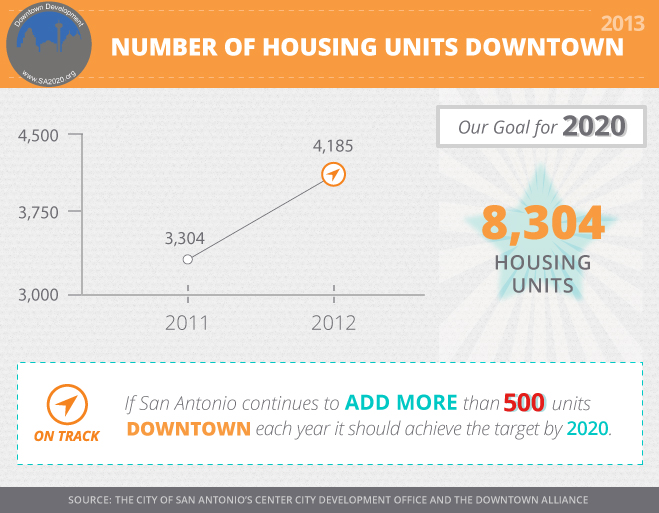By SA2020
We’ve got a question: Have you been downtown lately?
First, if you responded “no”… what’s wrong with you??! It’s the Decade of Downtown for crying out loud. No matter what part of San Antonio you call home, the heart of our city belongs to you. Check out this calendar of awesome things to do, and get downtown.
If you responded “yes,” then good. However, we probably don’t need to tell you about one issue that’s been bothering a lot of visitors and residents lately – vacant, unused, and (sometimes) dilapidated buildings all around downtown.
 These empty buildings can have a very negative effect on the health of our downtown. Not only do they affect the property value of surrounding buildings, but they also represent un-utilized space that could be adding to the economy, as well as negatively impacting the overall safety of our downtown.
These empty buildings can have a very negative effect on the health of our downtown. Not only do they affect the property value of surrounding buildings, but they also represent un-utilized space that could be adding to the economy, as well as negatively impacting the overall safety of our downtown.
A study in Austin, Texas found that “blocks with unsecured [vacant] buildings had 3.2 times as many drug calls to police, 1.8 times as many theft calls, and twice the number of violent calls” as blocks without vacant buildings.
Plus, abandoned properties affect YOUR property values based on proximity. Take that in.
But we have a vision. And by “we,” we actually mean “the collective San Antonio.” Take a moment to imagine this:
“In 2020, Downtown is the heart of San Antonio and is everyone’s neighborhood. It is a showcase for visitors, a center of vibrant activity for citizens to live, work and play, and an economically inviting locale for businesses to flourish. Downtown’s historic buildings and character are preserved, its parks and green spaces are inviting, and the river continues to be treasured as its defining asset.”
This is the vision for our downtown spelled out during our citywide community visioning process that started in 2010. And we are making fantastic strides: the 2,400 new apartments, the revitalization of Travis Park (no… seriously… have you been?), the increased number of great restaurants and bars, the Museum Reach, the increased reach of B-Cycle (the largest in Texas), and the amazing events that keep happening like the SA Cocktail Conference or Taste of Houston Street.
But there’s still work to be done. And sometimes, the only way to create change is to create good policy on a municipal level.
There’s a Vacant and Underutilized Buildings Policy going before Council on June 19th. Basically, the City of San Antonio would, through ordinance, create a strategy to reinvigorate unused buildings in downtown. The goals of the policy are three-fold:
- Spur the rehabilitation and re-use of vacant/blighted real property to encourage economic development.
- Improve and create a safe environment.
- Create a higher level of accountability for property owners to maintain properties.
You can read more about the proposal here. And if you’re really interested in reading smart things, check out this thesis that details the need for redeveloping historic buildings in San Antonio’s downtown.
So… seems like a no-brainer that SA2020 might support a policy proposal like this, right? Right.
But before we just click the proverbial “like” button, we asked ourselves a few questions.
Will the policy objectives advance the ultimate vision for decreasing vacancies and enhancing downtown San Antonio?
And here’s what we thought:
- Other cities have put similar policies in place and successfully reduced blight.
- Registration of vacant structures often sparks action.
- Rehabilitation is the better choice over demolition.
- Good lines of communication amongst all stakeholders will need to be established because effective monitoring of properties was a big part of other cities’ success.
- Successful task forces include private sector, non-profit, and community member participation.
Have other cities employed these policies?
Yes. Actually, many cities. In 2006, the US Conference of Mayors created a task force to address vacant and abandoned properties. Smart Growth America is also active in the issue. Most cities have specifically targeted abandoned houses after the housing crisis spurred foreclosures. Examples abound, but some bigger ones are Philadelphia, Austin, St. Louis, and Columbus.
Do Vacant/Underutilized Building policies work?
Depends on how you define “work.” While some are more successful in beautification versus income generation, it appears most are successful to some degree. Benefits include: increased tax revenues, reduced crime, increased property values, and community revitalization – pride as new residents and businesses move into areas.
Does a policy like this add value to a center city?
While we don’t know all the answers on this, we do know that vacant and poorly maintained properties do:
- contribute to increased risk of crime,
- make dowtowns less attractive to investment,
- reduce surrounding property values,
- yield lower tax revenues, and
- make downtown streets less walkable.
Success stories across the country find that smart policies can decrease real crime, improve perceptions of safety, generate tax dollars, increase property values, and keep block-to-block connections strong.
So, What Can We Do?
Even though we created a vision for our downtown, we know that some things can’t be remedied by sheer willpower alone, or even the time and energy of our citizens. Some things need the help of our elected officials.
Go back to that mental image you created of our downtown. We like to picture what downtown San Antonio would look like to a bird (because why wouldn’t you want to be a bird?). Flying through the streets, you’d see every block of downtown filled with activity – businesses thriving, residents and tourists walking safely throughout town, buildings new and old filled with happy people working, shopping, eating, living, and being generally awesome.
We have a vision for a downtown that’s as unique and amazing as the rest of our community, including all our history, heritage, and the promise of our future. Making smart decisions now can help us make that vision a reality. (Except the part about being a bird, but we can work on that too… maybe a 2030 goal?).
The City Council will vote on this ordinance at the A Session at 9AM on June 19th. There will be a time for the community to voice support, and everyone’s voices matter. The more support we can muster, the more our officials know we back them in their efforts to make San Antonio the best city it can be, with the best downtown.

